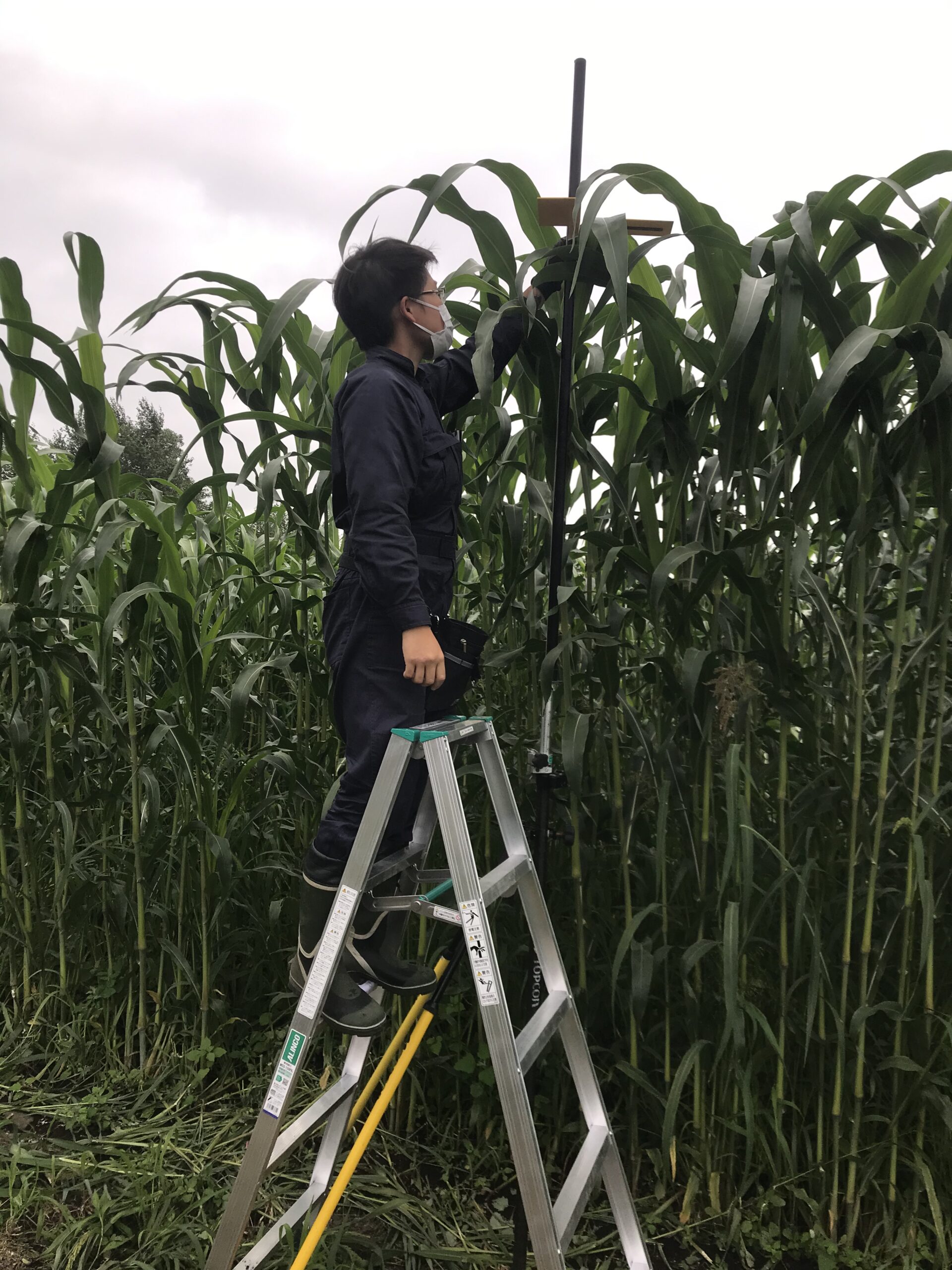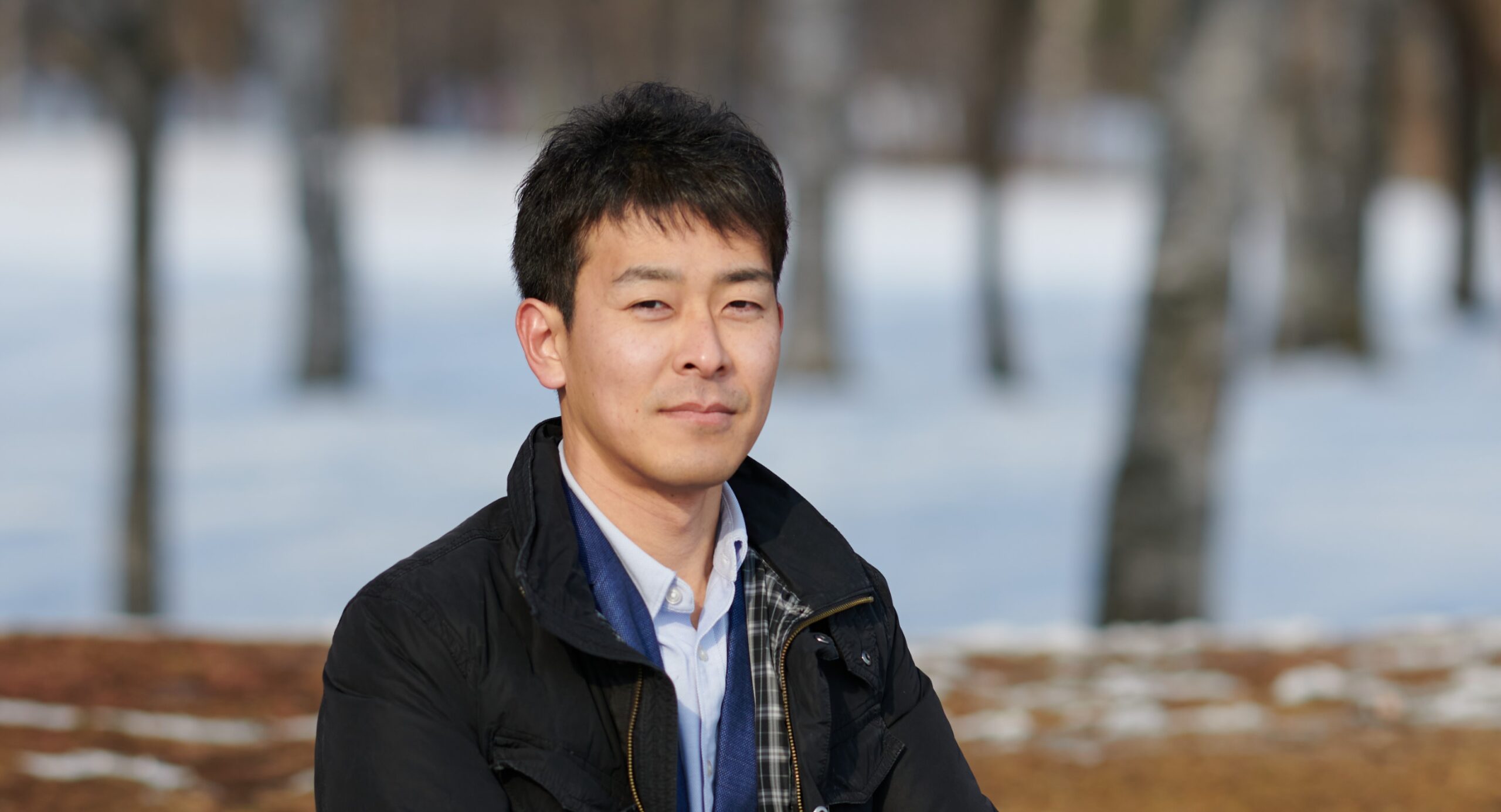NAKASHIMA Naohisa Assistant Professor
ThemeUse an engineering approach to understand the relationship between human activities and ecosystems.
Belongs
Research Department/Department of Agro-environmental Science/Division of Environmental and Agricultural Engineering/Section of Environmental and Agricultural Engineering| Field | Ecological Engineering, Remote Sensing, Smart Farming |
| Keyword | Amphibians and Reptiles, Invasive Species, Paddy Field Ecosystem, Species Distribution Model, Citizen Science, Machine Learning & Deep Learning, Spectral Analysis, Photosynthesis |
Introduction
Japan's ecosystems are globally recognized as hotspots of biodiversity. The rich ecosystems of Japan are supported by the rural and agricultural environments that our forebears have cultivated and protected. These ecosystems are not just primal nature; they have been enriched by human intervention, creating a balance between human commercial activities and the survival of flora and fauna.
However, the once harmonious coexistence between humans and wildlife has, unfortunately, turned adversarial in many cases. Farmers and engineers working in the field lack clear standards for protecting these ecosystems. Therefore, there is a need to re-evaluate the habitats of living organisms in both space and time.
We aim to clarify the long-term relationship between wildlife habitats and the environment on a broad scale. To cover large areas, we employ efficient survey approaches such as IoT technology and remote sensing. For long-term studies, we are considering the use of citizen science data and other applications.
Focusing on rural communities, we will reveal the reality of the wildlife living there and conduct research to explore once again the path to coexistence with us.






List of current research topics
- Automatic discrimination of frog vocalizations using deep learning
- Distribution range shifts of invasive frogs over long-term citizen data
- Elucidation of the life history of the Siberian salamander
- Reconstruction of national fish distribution from the Edo period to the present
- Estimation of crop phenotypes by drone
- Long-term ground observation of chlorophyll fluorescence
| Related industries | Environmental Science, Environmental Assessment, Agricultural Consulting |
| Affiliated academic society | The Japanese Society of Irrigation, Drainage and Rural Engineering, Ecology and Civil Engineering Society, The Ecological Society of Japan, American Geophysical Union |
| Academic degree | D.Agr. |
| License | Professional Engineer trainee, Land Surveyor trainee |
| Self introduction |
I hail from Fukuoka and have been engaged in engineering research and work. However, I left my job to pursue a degree in ecological engineering. I'm involved in agricultural civil engineering, and as part of that, I'm researching the wildlife that inhabits our farmlands and rural communities. |
| Room address | General Research Building I |
| Room number | N1302-6 |
| Mail address | nnakashima  obihiro.ac.jp
obihiro.ac.jp |






